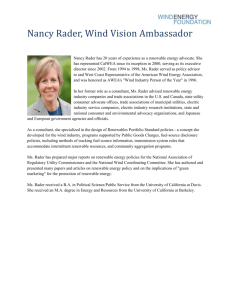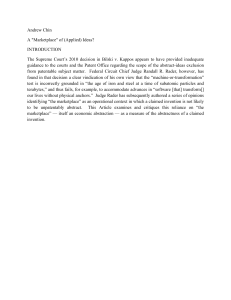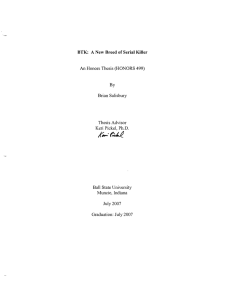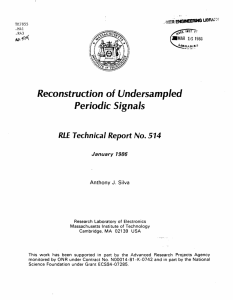Solving Rader’s Paradox: Patent Law’s Quest For A Theory of... Daniel Nazer Abstract:
advertisement
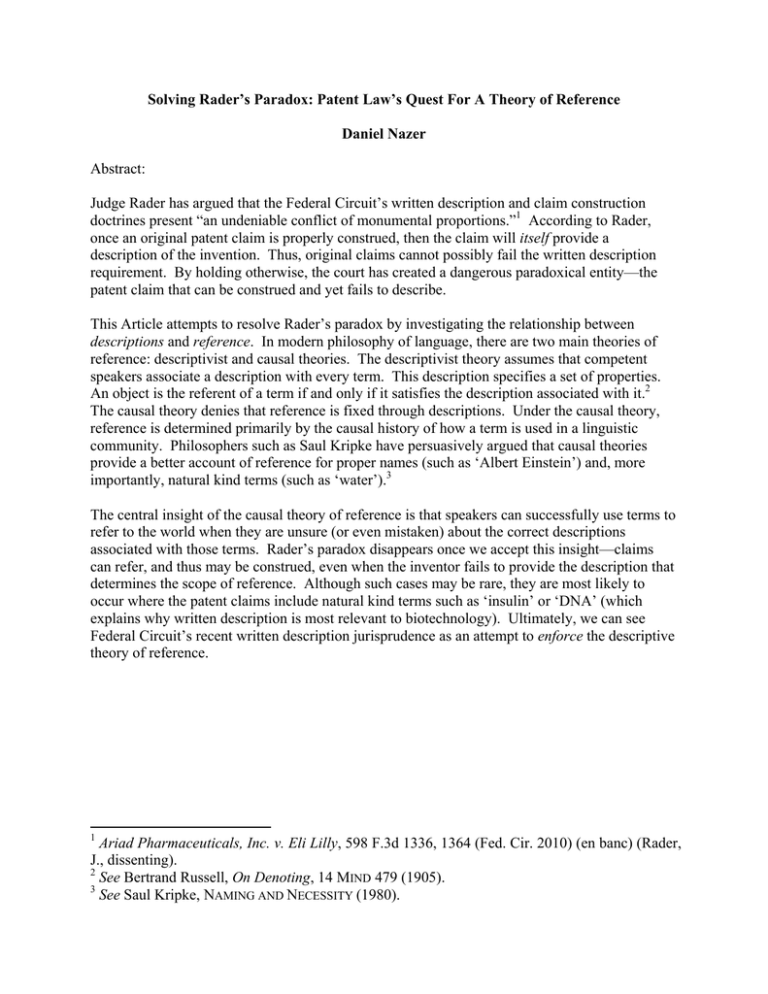
Solving Rader’s Paradox: Patent Law’s Quest For A Theory of Reference Daniel Nazer Abstract: Judge Rader has argued that the Federal Circuit’s written description and claim construction doctrines present “an undeniable conflict of monumental proportions.”1 According to Rader, once an original patent claim is properly construed, then the claim will itself provide a description of the invention. Thus, original claims cannot possibly fail the written description requirement. By holding otherwise, the court has created a dangerous paradoxical entity—the patent claim that can be construed and yet fails to describe. This Article attempts to resolve Rader’s paradox by investigating the relationship between descriptions and reference. In modern philosophy of language, there are two main theories of reference: descriptivist and causal theories. The descriptivist theory assumes that competent speakers associate a description with every term. This description specifies a set of properties. An object is the referent of a term if and only if it satisfies the description associated with it.2 The causal theory denies that reference is fixed through descriptions. Under the causal theory, reference is determined primarily by the causal history of how a term is used in a linguistic community. Philosophers such as Saul Kripke have persuasively argued that causal theories provide a better account of reference for proper names (such as ‘Albert Einstein’) and, more importantly, natural kind terms (such as ‘water’).3 The central insight of the causal theory of reference is that speakers can successfully use terms to refer to the world when they are unsure (or even mistaken) about the correct descriptions associated with those terms. Rader’s paradox disappears once we accept this insight—claims can refer, and thus may be construed, even when the inventor fails to provide the description that determines the scope of reference. Although such cases may be rare, they are most likely to occur where the patent claims include natural kind terms such as ‘insulin’ or ‘DNA’ (which explains why written description is most relevant to biotechnology). Ultimately, we can see Federal Circuit’s recent written description jurisprudence as an attempt to enforce the descriptive theory of reference. 1 Ariad Pharmaceuticals, Inc. v. Eli Lilly, 598 F.3d 1336, 1364 (Fed. Cir. 2010) (en banc) (Rader, J., dissenting). 2 See Bertrand Russell, On Denoting, 14 MIND 479 (1905). 3 See Saul Kripke, NAMING AND NECESSITY (1980).
